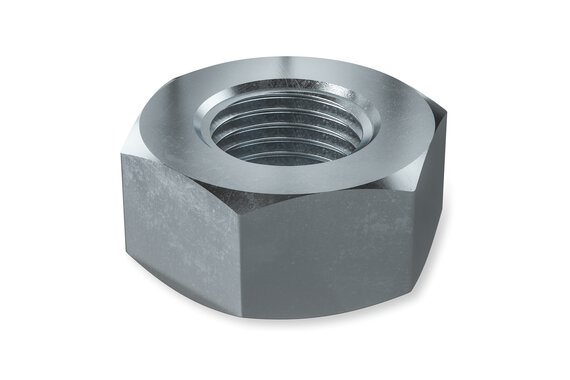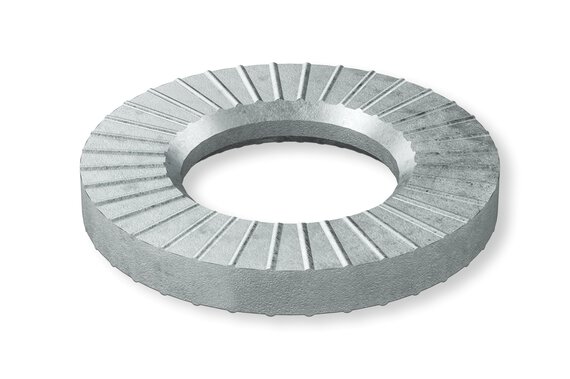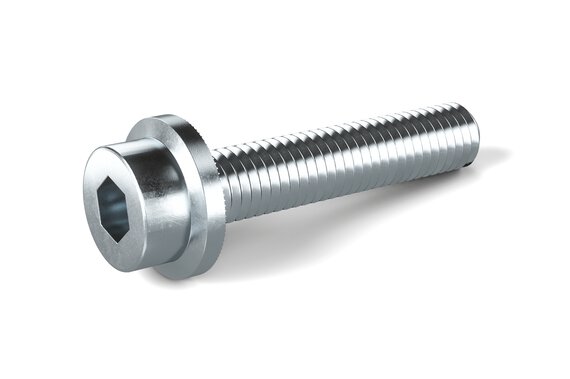They can be set in concrete in order to attach components to them later, or they can be used as a connector between two materials. They are screwed through the elements to be fastened or connected and secured with a nut.
The key feature of weld stud ends is their suitability for welding applications. The load-bearing capacity of weld stud ends is determined in part by their own strength, but mainly by the design of the component to be welded.
Standards
- DIN 525
- DIN 976





